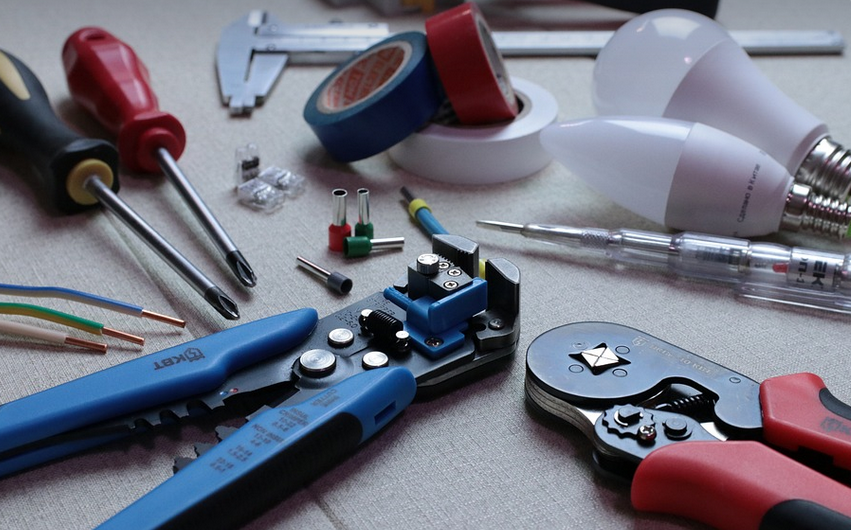Understanding the Basics of Carrier Heat Pumps
Carrier heat pumps are a popular choice for homeowners seeking efficient and reliable heating and cooling solutions. These energy-efficient systems leverage refrigerant to transfer heat either from an indoor area to the outdoors (cooling) or vice versa (heating). The key lies in their ability to extract heat from a source, like the air, even when outside temperatures are freezing cold. This makes them ideal for various climates, and they often provide significant savings on energy bills compared to traditional furnaces or AC units.
Why is it Important to Know the Wiring Diagram?
While Carrier heat pumps offer numerous advantages, their proper installation and maintenance require a clear understanding of how they function. A wiring diagram provides invaluable insight into the flow of electricity within your system. This visual representation enables you to:
- Identify components:** It showcases all the essential parts like the heater, compressor, condenser, blower, and control board
- Understand circuit paths:** It helps visualize how electricity flows through each component of the system
- Troubleshooting potential issues:** You can quickly identify what might be causing a malfunction by studying the diagram’s connections
- Improve efficiency and longevity:** Understanding the wiring ensures optimal performance, maximizing energy efficiency and prolonging the lifespan of your unit.
The Anatomy of a Carrier Heat Pump Wiring Diagram
A typical Carrier heat pump wiring diagram is divided into sections based on the system’s major components:
• **Main Power:** This section illustrates the incoming power supply. It shows how the main electrical panel connects to the unit, often through a dedicated circuit breaker.
• **Compressor Circuit:** This part focuses on the compressor, the heart of the heating and cooling process. It depicts the wiring from the breaker to the compressor motor’s terminal block. You will see the connections for the control board (or relay) that activates the compressor
• **Refrigerant Loop Circuit:** This section highlights the refrigerant flow path, including the evaporator coil, condenser coil, and expansion valve. It shows how the refrigerant circulates through the system.
• **Blower Motor Circuit:** The blower motor delivers air to circulate within your home. It connects to the main power supply and may have its own dedicated circuit breaker
• **Thermostat Control Circuit:** Finally, you’ll find the thermostat and control board section. This section depicts the connection between the heating and cooling system, showing how it receives commands and sends signals back.
Understanding Wire Colors for Carrier Heat Pumps
Wiring diagrams often use color codes to simplify understanding. Here are some common wire colors associated with a Carrier heat pump:
- Black (Hot) & White (Neutral):** Provides power to the heating and cooling components, connecting them to the main electrical panel
- Red or Brown:** Used for reversing valve control, allowing you to switch between heat and cool mode
- Blue:** Usually connects to the fan motor, which controls airflow through the system
Safety First: Working with Electricity
Working with electrical wiring requires caution. If you’re not comfortable working with electricity, it’s best to consult a qualified HVAC technician.
Before you begin any wiring work:
- Turn off the power at the breaker box. :** This prevents accidental shocks and protects your safety
- Use insulated tools and wear protective gear:** Safety glasses, gloves, and non-conductive shoes are essential to prevent electrical injuries.
- Double-check all connections before restoring power: ** Ensure there are no loose wires or connections for optimal performance
The Importance of Regular Maintenance
Just like any machinery, Carrier heat pumps require regular maintenance to ensure their longevity and efficient operation. Here’s a rundown of some essential maintenance tasks:
- Clean or change the air filter regularly:** A clean filter improves airflow and reduces strain on your system.
- Check refrigerant levels: ** A low refrigerant level can lead to reduced performance, so check levels periodically.
- Schedule professional service annually: ** Regular maintenance visits by qualified technicians ensure optimal functioning and prevent costly repairs.
- Carrier’s website: ** The official website often offers detailed manuals and wiring diagrams.
- HVAC technician:** A qualified technician has access to the proper schematics for your specific model.
- Online resources: ** Many HVAC websites specialize in diagrams and troubleshooting guides. Search online using your heat pump’s model number.
Finding the Right Wiring Diagram
Where can you find a specific wiring diagram for your Carrier heat pump? Check these sources:
Conclusion
A wiring diagram is an invaluable tool when working with Carrier heat pumps. By understanding how these components interact, you can troubleshoot problems effectively. Remember to prioritize safety when working with electricity and consult a professional if unsure about any aspect of the system.
